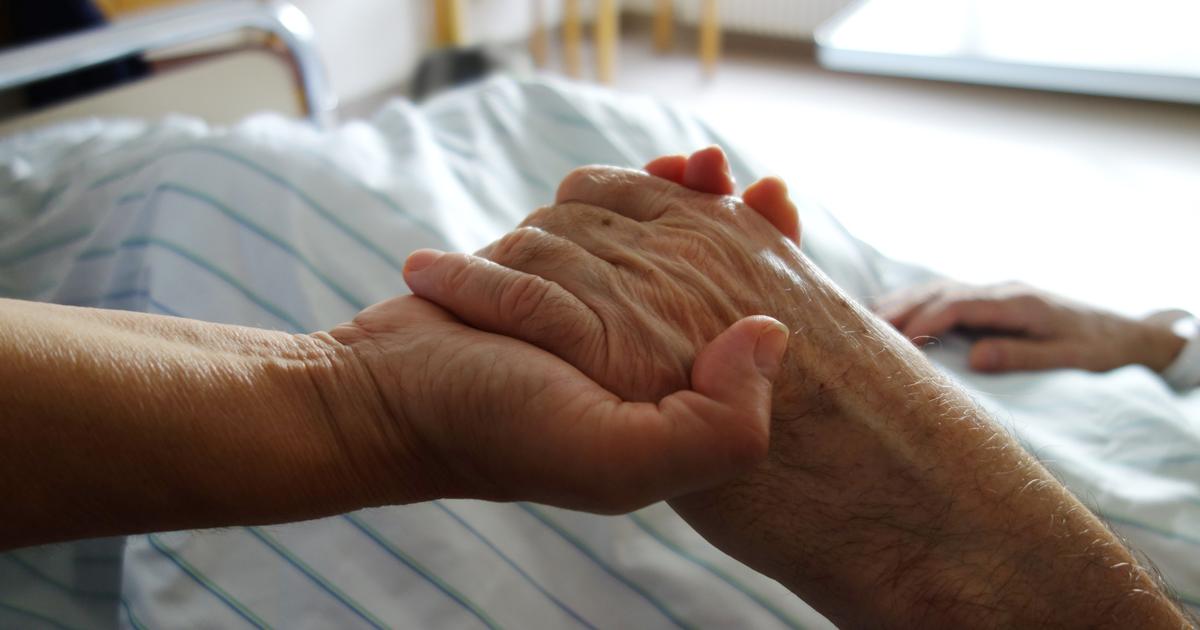Euthanasia in Colombia: they explain why they want to regulate it (January) 3:27
(CNN Spanish) --
Colombia, where euthanasia has not been penalized by law since 1997, also decriminalized physician-assisted suicide on Wednesday.
Both practices have the same goal, but they differ in one aspect: who is the one that actually causes the death of the person who has decided to exercise the right to end her life under the conditions established by law.
The Constitutional Court made the decision after a lawsuit filed by the law firm DescLAb in relation to the country's Penal Code, which provides punishments for those who induce or assist a person to commit suicide.
What did the demand state?
Article 107 of the Penal Code proposes a sentence of 32 to 108 months in prison for anyone who induces or helps a person to commit suicide.
In the event that this aid is "aimed at putting an end to intense suffering resulting from bodily injury or serious and incurable illness", the legislation proposes that the penalty be between 16 and 36 months in prison.
The purpose of the lawsuit, as explained by the organization, was for the Court to declare the "conditional enforceability" of that article, which in fact means that a medical professional who helps a person to commit suicide under certain conditions.
These conditions are the same as in the case of euthanasia: that the person expresses "free, unequivocal and informed consent", that they have a "serious and incurable bodily injury or illness" or that they "experience physical or incompatible with their idea of a dignified life".
advertising
The difference between euthanasia and assisted suicide
Euthanasia and physician-assisted suicide have the same purpose, explains DescLAB: to cause the death of an individual who meets the legal requirements to access the procedure.
The difference lies in who actually causes the person's death.
In other words, in the role that the doctor adopts.
In euthanasia it is the doctor who causes the death of the person, while in physician-assisted suicide the professional "provides help or assistance so that the person is the one who causes his death," explains the firm.
The person causes her death with "lethal doses of a drug provided or formulated by someone else."
The mechanisms linked to the right to a dignified death in Colombia
In addition to euthanasia and physician-assisted suicide, Colombia has other mechanisms linked to the right to a dignified death: access to palliative care and adaptation of the therapeutic effort.
Palliative care does not cause or hasten death.
Its objective is to relieve the pain of people suffering from a terminal, chronic, degenerative and irreversible disease.
Within this care is what is known as "terminal sedation".
Another option among which descLAB points out is the Adaptation of Therapeutic Effort, which implies "doing without, limiting or interrupting treatments, medications and procedures that will be ineffective or whose secondary effects will not produce relief and go against the idea of dignity of the sick person ".
In this case, death is not induced, it comes naturally, but it may be faster than if the treatment were continued.
In many cases it is complementary to palliative care.
The advances of euthanasia in Colombia
In Colombia, euthanasia has been decriminalized since 1997. The first legal procedure was carried out in 2015 on Ovidio González, a 79-year-old man who suffered from cancer.
Euthanasia can be applied, according to the criteria of that time, as long as it is a terminal illness, that there is intense pain, that the procedure is requested voluntarily and that it is performed by a specialist.
However, a Constitutional Court ruling from July last year extended the right to die with dignity through euthanasia for patients suffering from a serious and incurable illness or injury that causes them intense suffering.
In January, Martha Sepúlveda and Víctor Escobar became the first non-terminal patients to receive euthanasia in the country, two cases that generated an intense debate about the right to assisted death in Colombian society.
euthanasia















